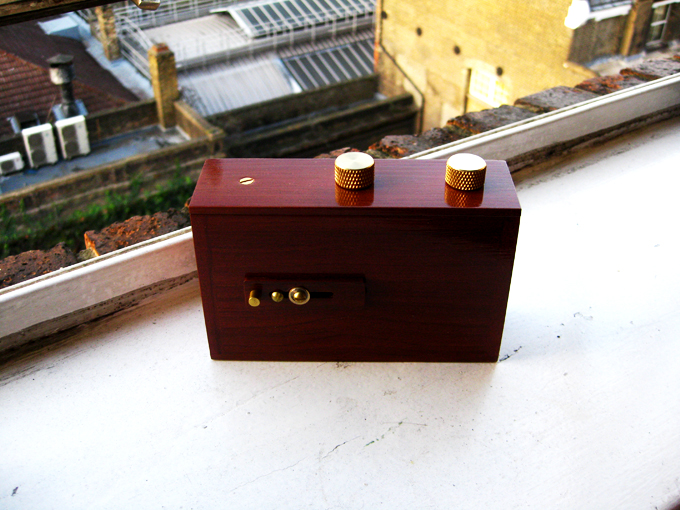Although the organisation of things in some ad hoc shops may seem chaotic, many product arrays are tightly structured according to a grid-like plan.
To see how this apparent grid relates to both the objects on display and the structuring elements -- like shelves, racks, boards, counters, fridges, etc. -- I crudely traced the outlines of both for the above kiosk.
Juxtaposing both outlines shows, of course, how the grids of the kiosk structure influence the orthogonal organisation of goods on display.
The juxtaposition also shows how, even in the absence of structuring elements, objects themselves are grouped according to type and size contributing to a sense of regularity and rhythm.
To see how this apparent grid relates to both the objects on display and the structuring elements -- like shelves, racks, boards, counters, fridges, etc. -- I crudely traced the outlines of both for the above kiosk.
Juxtaposing both outlines shows, of course, how the grids of the kiosk structure influence the orthogonal organisation of goods on display.
The juxtaposition also shows how, even in the absence of structuring elements, objects themselves are grouped according to type and size contributing to a sense of regularity and rhythm.



















